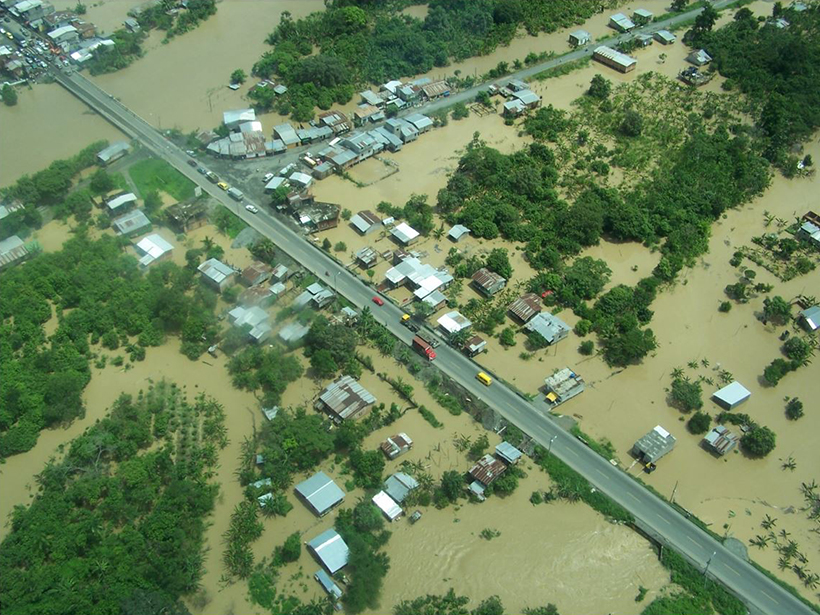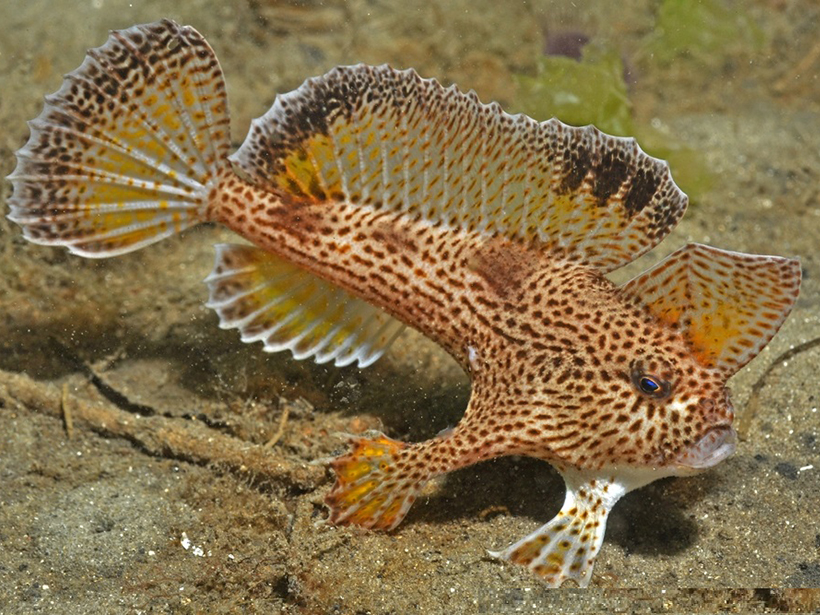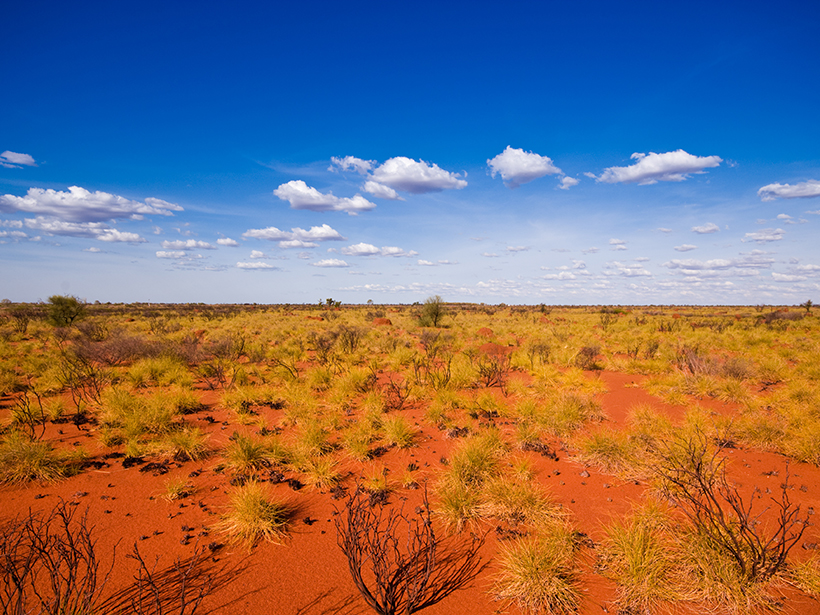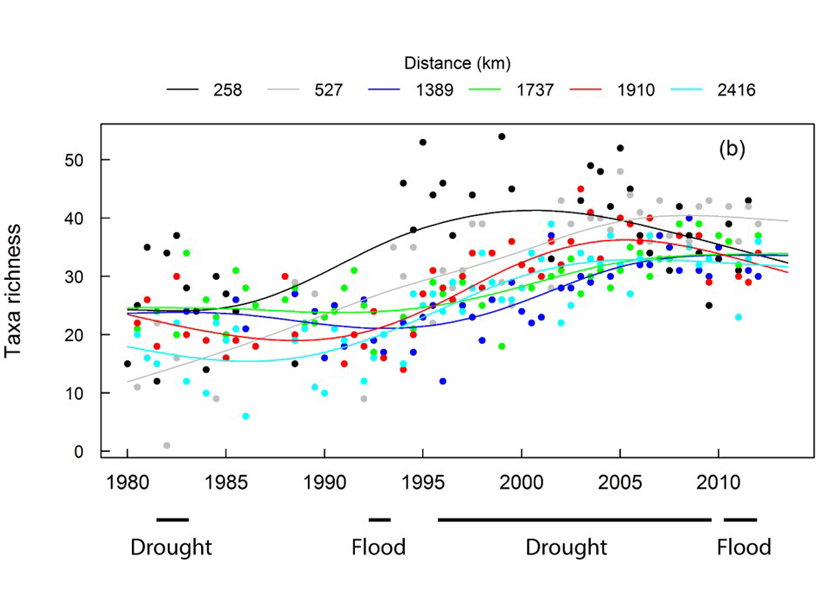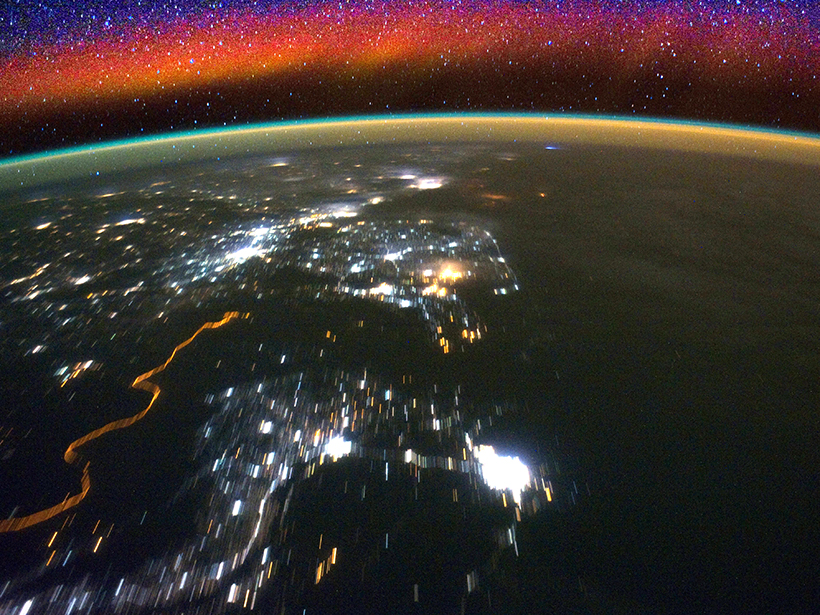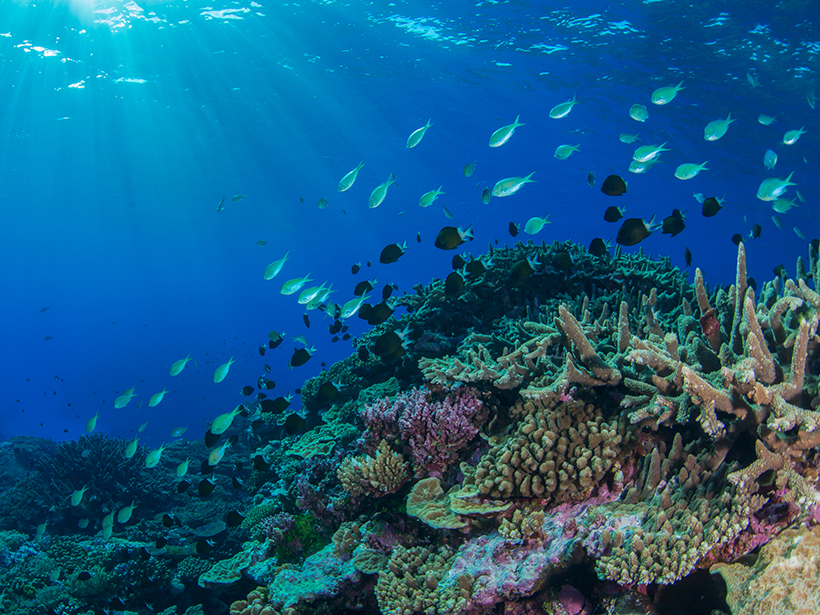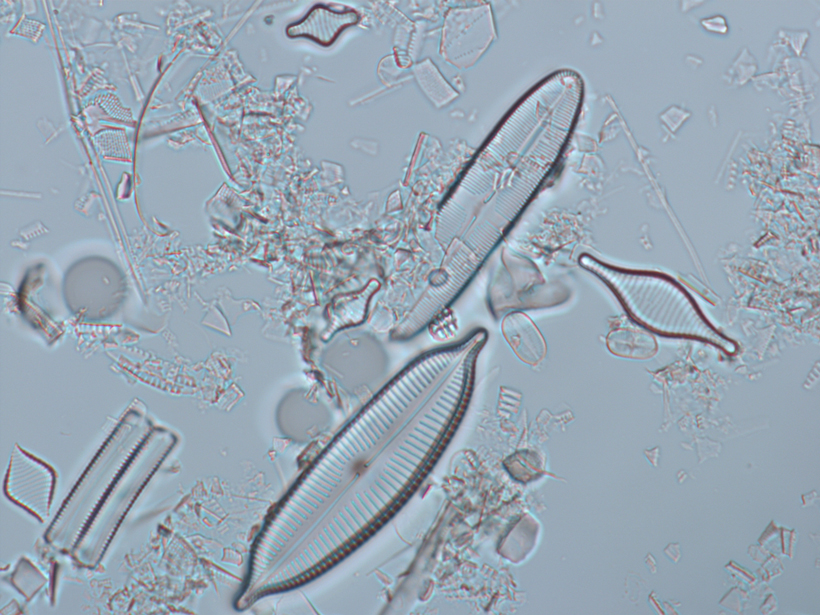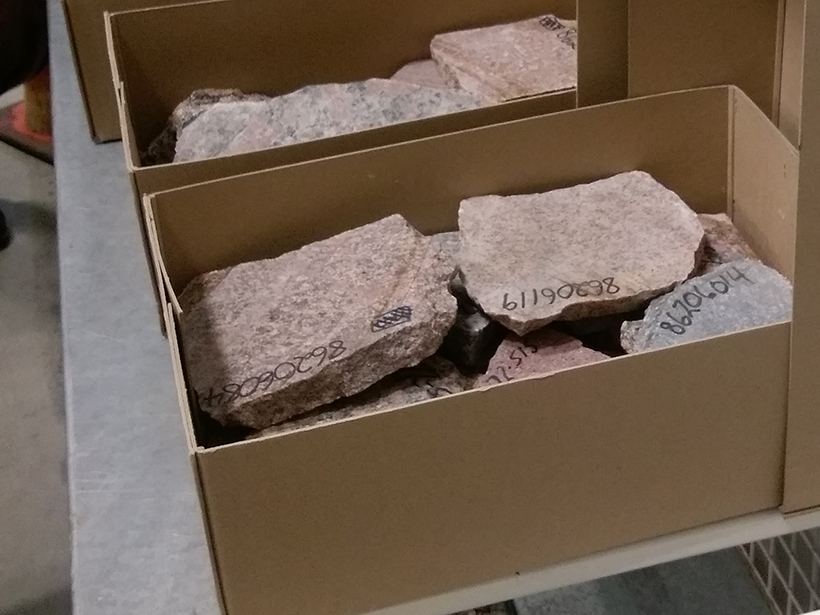Australian–New Zealand IODP Consortium Ocean Planet Workshop; Canberra, Australia, 14–16 April 2019
Australia
Understanding ENSO in a Changing Climate
Centre for Southern Hemisphere Oceans Research (CSHOR) ENSO Science Symposium; Hobart, Tasmania, Australia, 29–31 January 2019
Making the First National Seafloor Habitat Map
Seamap Australia integrates seafloor maps with information on plant and animal habitats, environmental stressors, and resource management to create a first-of-its-kind resource.
Unraveling the Origins of Australia’s Ancient Mountain Chains
New data synthesis suggests that varying rates of trench retreat along the margin of the Gondwana supercontinent were responsible for the curvature of the Tasmanide mountain chains.
Long-term Dataset Reveals How Management Affects River Biology
River systems are affected by societies against a backdrop of climate change. A new dataset reveals how these forces affect river flow, chemistry, and the biological health of the river.
High-Altitude “Wind Walls” Discovered near Magnetic Poles
Satellite imaging reveals two narrow channels of extreme winds surrounded by gentle opposing flow 140–250 kilometers above sea level.
Heat Waves, More Than Coral Death, May Cause Fish to Flee Reefs
A study over a broad swath of the Great Barrier Reef shows that warming waters directly cause fish and invertebrates to leave the reef, making it harder for coral to recover from bleaching events.
Australian Algae Aid Understanding of Ecosystem Resilience
Wildfires may have driven a critical ecosystem transition in Tasmania’s Lake Vera more than 800 years ago.
Connecting Scientific Data and Real-World Samples
International Symposium on Linking Environmental Data and Samples; Canberra, Australia, 29 May to 2 June 2017
Space Weather Threat to Australian Power Networks Assessed
Power companies should be cautious during severe solar storms to maintain the integrity of Australia’s power grid, a new study finds.


